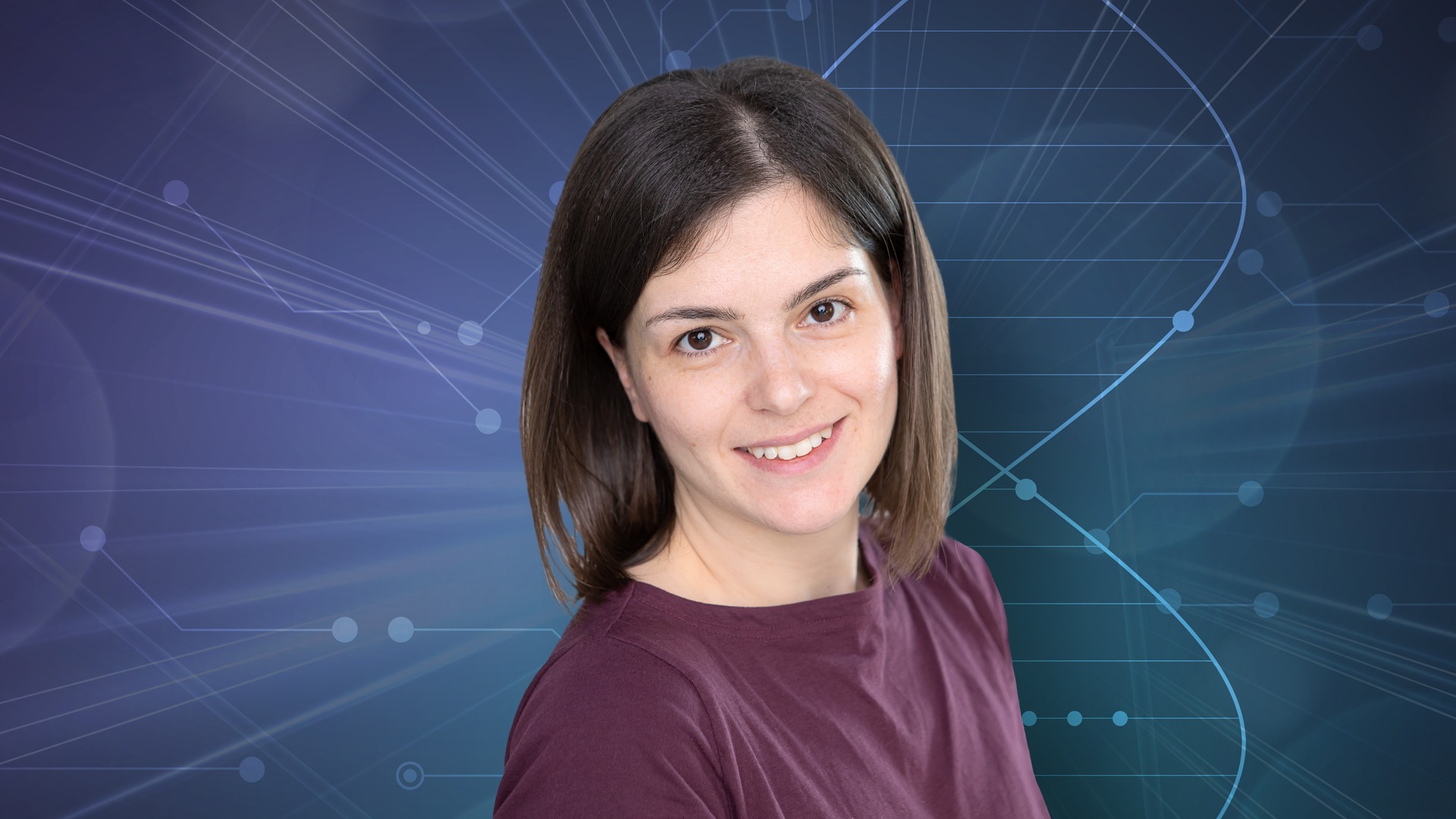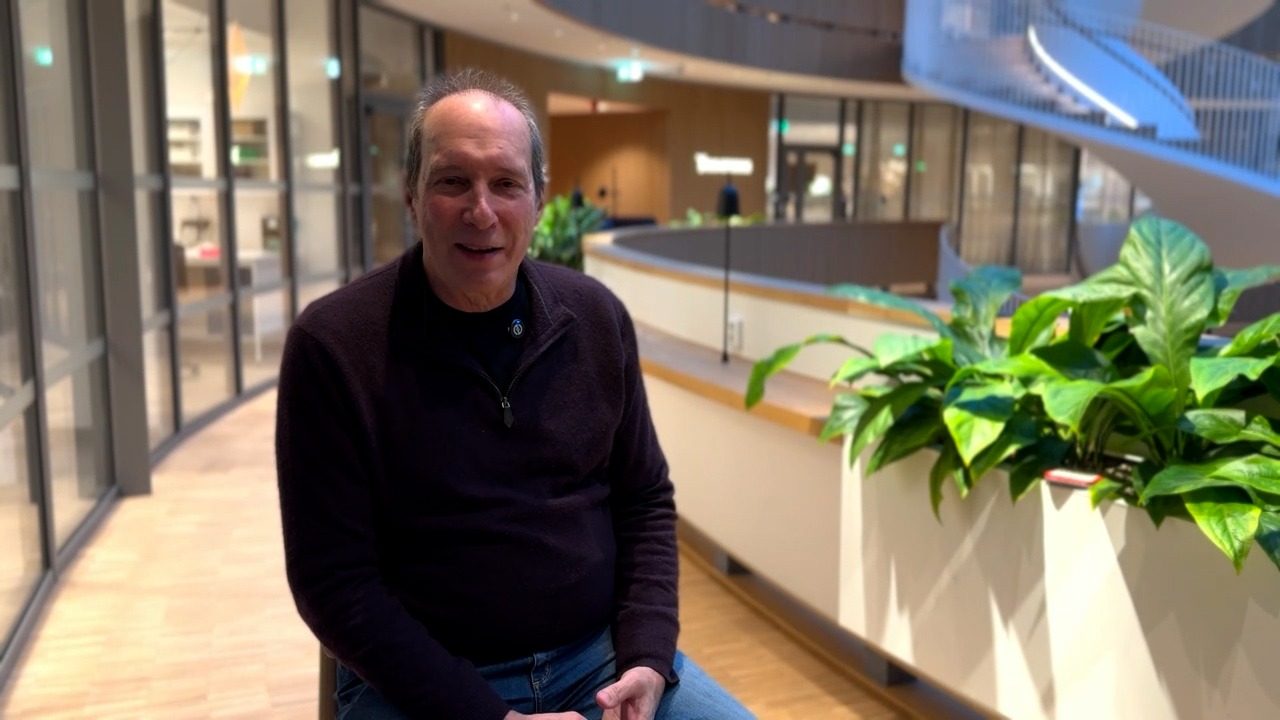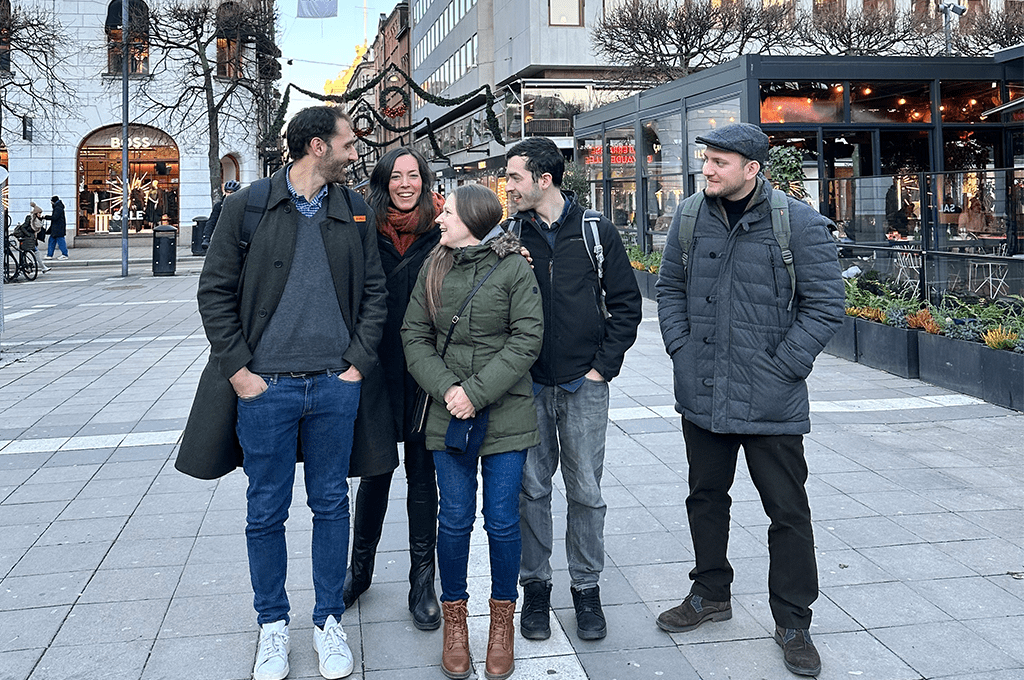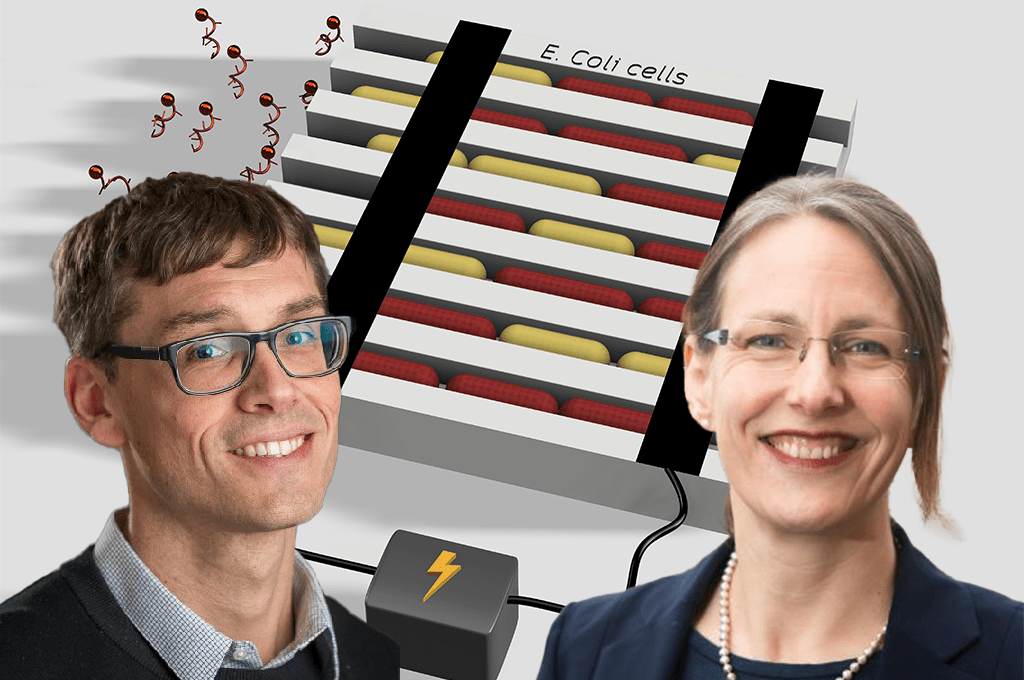Time- and cost effective monitoring of the Baltic Sea with DNA sequencing
DNA sequencing technology is developing fast and as a result more applications arise. The smallest sequencing instruments today corresponds to the size of a cellphone, as does their price tag. Anders Andersson, KTH Royal Institute of Technology/SciLifeLab and his colleagues are using the technology to monitor the aquatic environment of the Baltic Sea.
“We use DNA sequencing to map what microorganisms are present in the water and how many they are. This gives us an idea of how healthy the sea is since the composition of microorganisms depends on what food and nutrients are present, as well as on chemical factors like salinity and oxygen levels.” Anders Andersson said.
Monitoring the state of the Baltic Sea like this could for example be used to predict large algal blooms with a precision of one week.
The methods Anders Andersson and his group use are also more time- and cost effective than current ones. Today, national screening of Swedish seawater is performed monthly by taxonomists from Swedish Meteorological and Hydrological Institute (SMHI), who check the composition of microorganisms manually using a microscope. These analyses are time consuming and rely on the skills of each taxonomist while DNA sequencing makes the mapping cheaper and more reproducible.
“The new, small sequencing instruments could be used in the field in the future. They could be attached to buoys out in the sea and send the information they obtain regularly via satellites.” Said Anders Andersson.
Read full press release (in Swedish)




